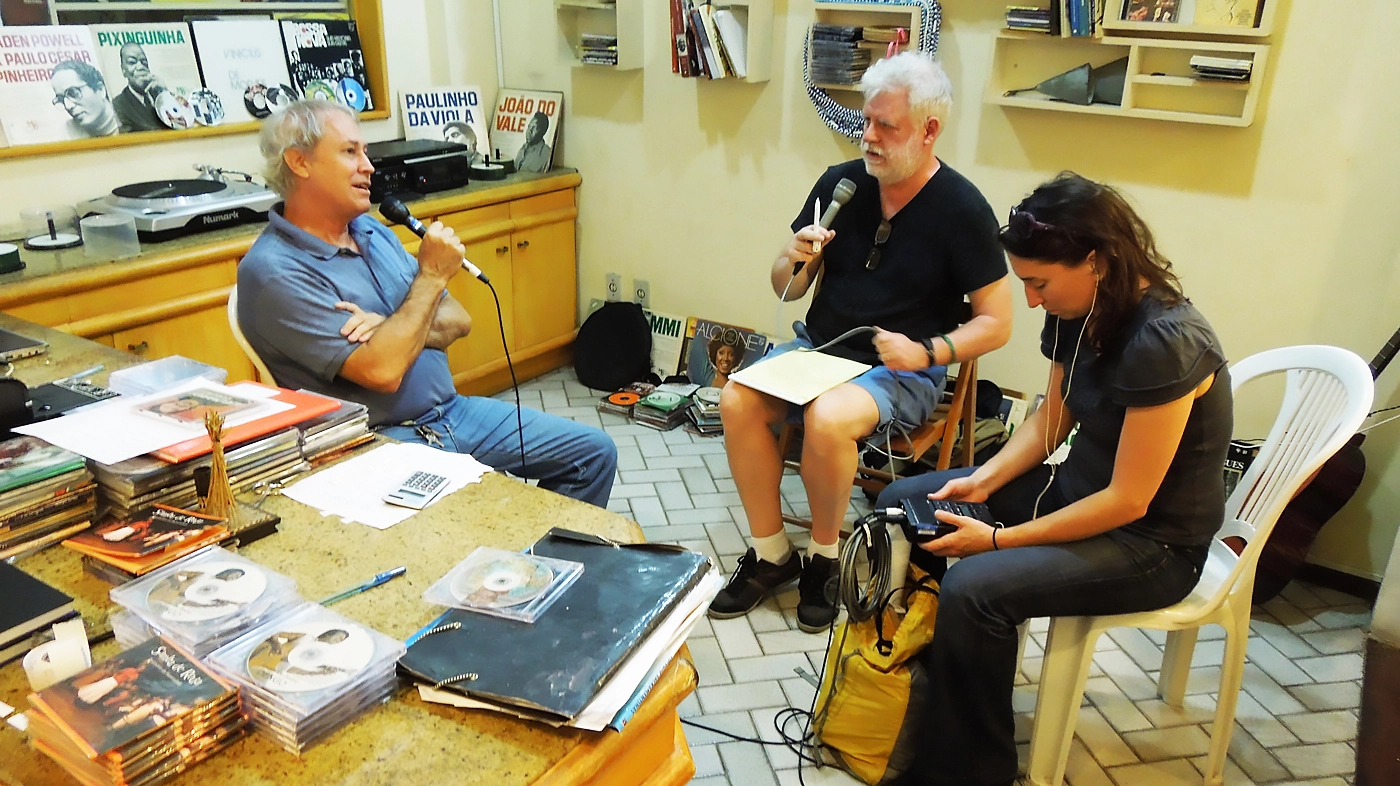CURATION
-
from this page:
by Matrix
Network Node
-
Name:
Ann Hallenberg
-
City/Place:
Stockholm
-
Country:
Sweden
Life
-
Bio:
Swedish mezzo-soprano Ann Hallenberg rose to fame in 2003 when she replaced Cecilia Bartoli on one day’s notice in Handel’s IL TRIONFO DEL TEMPO E DEL DISINGANNO at the Opernhaus Zürich. She is now established as one of the world’s leading mezzo-sopranos.
She regularly appears in opera houses and festivals such as Teatro alla Scala Milan, Teatro la Fenice Venice, Teatro Real Madrid, Theater an der Wien, Opernhaus Zürich, Opéra National Paris, Théâtre des Champs-Elysées Paris, Théâtre de La Monnaie Brussels, Netherlands Opera Amsterdam, Vlaamse Opera Antwerp, Bayerische Staatsoper München, Staatsoper Berlin, Semperoper Dresden, Norwegian National Opera, Royal Swedish Opera, Salzburg Festival, Salzburg Whitsun Festival, Edinburgh Festival and the Drottningholm Festival in Stockholm.
Her operatic repertoire includes a large number of roles in operas by Rossini, Mozart, Gluck, Handel, Vivaldi, Monteverdi, Purcell, Bizet and Massenet.
She is highly sought after as a concert singer and she frequently appear in concert halls throughout Europe and North America. She has built an unusually vast concert repertoire that spans music from the early 17th Century works up to 20th-century works. She has performed with orchestras such as the Berliner Philharmoniker, Orchestre de Paris, Orchestre national de France, Royal Concertgebouw Orchestra, Accademia Nazionale di Santa Cecilia, London Symphony Orchestra, BBC Symphony Orchestra, Los Angeles Symphony Orchestra, Orchestre Symphonique de Montréal, Barcelona Symphony Orchestra, Russian National Orchestra, Swedish Radio Orchestra, Royal Stockholm Philharmonic Orchestra and the Danish Radio Orchestra. She enjoys a special close collaboration with the ensembles Les Talens Lyriques, Il Pomo d’Oro and Europa Galante.
Ann Hallenberg regularly works with conductors such as Fabio Biondi, William Christie, Teodor Currentzis, Sir John Eliot Gardiner, Emmanuelle Haïm, Daniel Harding, Andrea Marcon, Cornelius Meister, Marc Minkowski, Riccardo Muti, Kent Nagano, Sir Roger Norrington, Sir Antonio Pappano, Evelino Pidò and Christophe Rousset.
2017 included the title role in AGRIPPINA at Opera Vlaanderen, Marguérite in LA DAMNATION DE FAUST in London and La Côte-Saint-André with Orchestre Révolutionnaire et Romantique, Vagaus in JUDITHA TRIUMPHANS in New York and Illinoi with Venice Baroque Orchestra, Tangia in Gluck’s LE CINESI at Opera Palau de les Arts Reina Sofía in Valencia, Mahler’s RÜCKERT LIEDER in Amsterdam with the Royal Concertgebouw Orchestra, the title role in Vivaldi’s JUDITHA TRIUMPHANS in Venice, Beethoven’s SYMPHONY NO. 9 in Brussels, Antwerp and Gent with the Royal Flemish Orchestra, Bach’s CHRISTMAS ORATORIO in Paris with Orchestre National de France, Elgar’s THE DREAM OF GERONTIUS in Dortmund with Dortmunder Philharmoniker, Bach’s ST JOHN PASSION in Rome with Accademia Nazionale di Santa Cecilia, Medea in Handel’s TESEO in Moscow with Russian National Orchestra, arias by Handel at Teatro Real Madrid, Gismonda in Handel’s OTTONE in Vienna and Beaune, arias written for the castrato Farinelli in Gdansk with Les Talens Lyriques, arias by Rameau and Telemann in Hamburg with Les Talens Lyriques, and recitals with the pianist Magnus Svensson in Madrid as well as in Stockholm Concert Hall.
2018 included Giulietta in Zingarelli’s GIULIETTA E ROMEO at Theater an der Wien, Mahler’s KINDERTOTENLIEDER in Vienna and Salzburg, Berlioz’s LES NUITS D’ÉTÉ in London and Barcelona with the London Symphony Orchestra, Mahler’s SYMPHONY NO 2 in Tokyo and Osaka with Yomiuri Nippon Symphony Orchestra, Bach’s ST MATTHEW PASSION in Amsterdam with the Royal Concertgebouw Orchestra, Verdi‘s REQUIEM in London, Vienna, Munich, Amsterdam, Lucerne, Budapest, Pisa, Luxembourg and Wroclaw with The Monteverdi Choir & Orchestras, Teseo in Handel’s ARIANNA IN CRETA in Halle with Il Pomo d’Oro, Irene in Handel’s THEODORA in London with Arcangelo, arias by Handel in Madrid and Sevilla with Orquesta Barroca de Sevilla, arias by Rameau and Telemann in Brussels with Les Talens Lyriques, cantatas by Vivaldi in Rome with Accademia Barocca di Santa Cecilia, arias by Handel in Athens with Il Pomo d’Oro, arias by Handel in Ernen with Baroque Ensemble Ernen and various baroque arias in Trondheim with Trondheim Baroque.
She has recorded more than 40 CD and DVD. At the International Opera Awards in London in May 2016 her solo-CD “Agrippina” won the award for “Best Operatic Recital”. This was her second win in the category, having also won in 2014. Her latest solo-CD “Carnevale 1729” has received raving reviews. She has so far performed the program in Vienna, Venice, Halle, Bordeaux, Grenoble, Groningen, Tours, Sofia and Froville with Il Pomo d’Oro.
Contact Information
-
Management/Booking:
Artefact Artist Management
www.artefact.no/artist/ann-hallenberg/
Clips (more may be added)
Integration is a superpower...
This technological matrix originating in Bahia, Brazil closely integrates creators around the world with each other and the entire planet. It is able to do so because it is small-world (see Wolfram):
Bahia itself, final port-of-call for more enslaved human beings than any other place on earth throughout all of human history, refuge for Lusitanian Sephardim fleeing the Inquisition, Indigenous both apart and subsumed into a brilliant sociocultural matrix comprised of these three peoples and more, is small-world.
America is small-world. Mozambique is small-world. Central Asia is small-world. Ukraine is small world...
Human society, the billions of us in all the complexity of our relationships, is small-world. Neural structures for human memory are small-world. Neural structures in artificial intelligence are small-world...
In a small world great things are possible. In a small-world matrix they are universal.
 Alicia Svigals
Alicia Svigals
"Thanks, this is a brilliant idea!!"
—Alicia Svigals (NEW YORK CITY): Apotheosis of klezmer violinists
"I'm truly thankful ... Sohlangana ngokuzayo :)"
—Nduduzo Makhathini (JOHANNESBURG): piano, Blue Note recording artist
"Dear Sparrow: I am thrilled to receive your email! Thank you for including me in this wonderful matrix."
—Susan Rogers (BOSTON): Director of the Berklee Music Perception and Cognition Laboratory ... Former personal recording engineer for Prince; "Purple Rain", "Sign o' the Times", "Around the World in a Day"
"Dear Sparrow, Many thanks for this – I am touched!"
—Julian Lloyd Webber (LONDON): Premier cellist in UK; brother of Andrew (Evita, Jesus Christ Superstar, Cats, Phantom of the Opera...)
"This is super impressive work ! Congratulations ! Thanks for including me :)))"
—Clarice Assad (RIO DE JANEIRO/CHICAGO): Pianist and composer with works performed by Yo Yo Ma and orchestras around the world
"We appreciate you including Kamasi in the matrix, Sparrow."
—Banch Abegaze (LOS ANGELES): manager, Kamasi Washington
"Thanks! It looks great!....I didn't write 'Cantaloupe Island' though...Herbie Hancock did! Great Page though, well done! best, Randy"
"Very nice! Thank you for this. Warmest regards and wishing much success for the project! Matt"
—Son of Jimmy Garrison (bass for John Coltrane, Bill Evans...); plays with Herbie Hancock and other greats...
Dear friends & colleagues,

Having arrived in Salvador 13 years earlier, I opened a record shop in 2005 in order to create an outlet to the wider world for Bahian musicians, many of them magisterial but unknown.
David Dye & Kim Junod for NPR found us (above), and Kareem Abdul-Jabbar (he's a huge jazz fan), David Byrne, Oscar Castro-Neves... Spike Lee walked past the place while I was sitting on the stoop across the street drinking beer and listening to samba from the speaker in the window...
But we weren't exactly easy for the world-at-large to get to. So in order to extend the place's ethos I transformed the site associated with it into a network wherein Brazilian musicians I knew would recommend other Brazilian musicians, who would recommend others...
And as I anticipated, the chalky hand of God-as-mathematician intervened: In human society — per the small-world phenomenon — most of the billions of us on earth are within some 6 or fewer degrees of each other. Likewise, within a network of interlinked artists as I've described above, most of these artists will in the same manner be at most a handful of steps away from each other.
So then, all that's necessary to put the Bahians and other Brazilians within possible purview of the wide wide world is to include them among a wide wide range of artists around that world.
If, for example, Quincy Jones is inside the matrix (people who have passed are not removed), then anybody on his page — whether they be accessing from a campus in L.A., a pub in Dublin, a shebeen in Cape Town, a tent in Mongolia — will be close, transitable steps away from Raymundo Sodré, even if they know nothing of Brazil and are unaware that Sodré sings/dances upon this planet. Sodré, having been knocked from the perch of fame and ground into anonymity by Brazil's dictatorship, has now the alternative of access to the world-at-large via recourse to the vast potential of network theory.
...to the degree that other artists et al — writers, researchers, filmmakers, painters, choreographers...everywhere — do also. Artificial intelligence not required. Real intelligence, yes.
Years ago in NYC I "rescued" unpaid royalties (performance & mechanical) for artists/composers including Barbra Streisand, Aretha Franklin, Mongo Santamaria, Jim Hall, Clement "Coxsone" Dodd (for his rights in Bob Marley compositions; Clement was Bob's first producer), Led Zeppelin, Ray Barretto, Philip Glass and many others. Aretha called me out of the blue vis-à-vis money owed by Atlantic Records. Allen Klein (managed The Beatles, The Rolling Stones, Ray Charles) called about money due the estate of Sam Cooke. Jerry Ragovoy (Time Is On My Side, Piece of My Heart) called just to see if he had any unpaid money floating around out there (the royalty world was a shark-filled jungle, to mangle metaphors, and I doubt it's changed).
But the pertinent client (and friend) in the present context is Earl "Speedo" Carroll, of The Cadillacs. Earl went from doo-wopping on Harlem streetcorners to chart-topping success to working as a custodian at PS 87 elementary school on the west side of Manhattan. Through all of this he never lost what made him great.
Greatness and fame are too often conflated. The former should be accessible independently of the latter.
* I renegotiated sync rates for Earl and for The Flamingos. Now when I hear "Speedo" in a movie soundtrack (Goodfellows and others), or "I Only Have Eyes for You" (a million films), I remind myself that the artists (and now their heirs) were/are getting double what they were getting before.
Matrix founding creators are behind "one of 10 of the best (radios) around the world", per The Guardian.
Recent access to this matrix and Bahia are from these places (a single marker can denote multiple accesses).
Across the creative universe... For another list, reload page.
This list is random, and incomplete. Reload the page for another list.
For a complete list of everybody inside, tap TOTAL below:
 TOTAL
TOTAL


